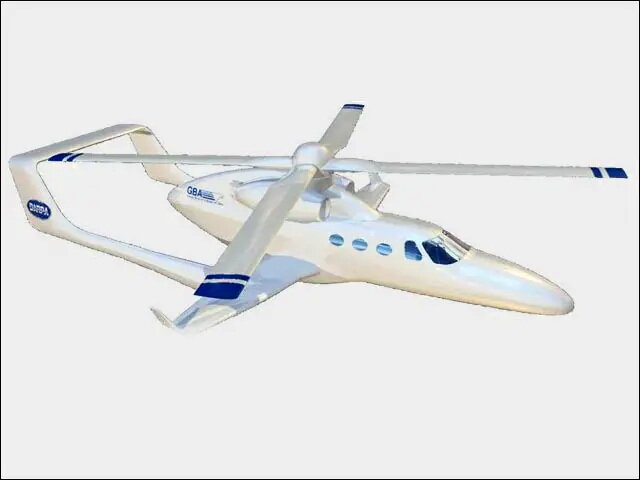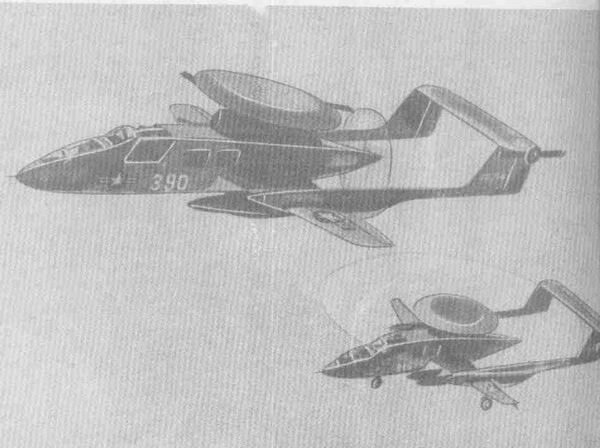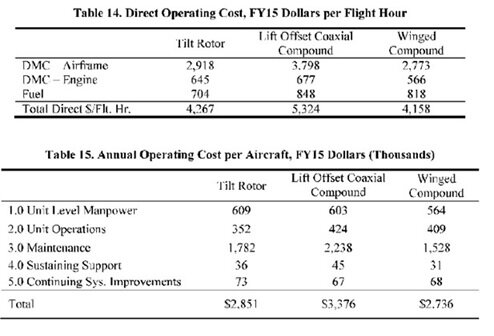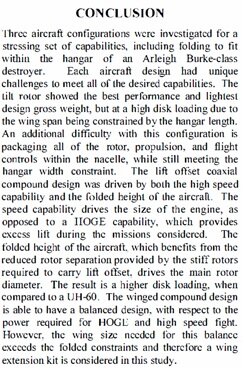I am posting this so folk can get a glimpse at the Byzantine innards of the US process.
New ‘supplemental’ protest filed by Sikorsky in FLRAA bid case.
Inside Defense
DATE: February 9, 2023
BYLINE: Dan Schere
Sikorsky filed a new “supplemental” protest earlier this week for the Future Long Range-Assault Aircraft award.
The Army awarded the contract to Bell, owned by Textron, in early December to produce the V-280 Valor aircraft. Service officials said on Dec. 5 that the initial award would be for $232 million, but ultimately it could be worth up to $1.3 billion.
Bell’s V-280 and a joint proposal from Sikorsky and Boeing were the two finalists in the competition for the contract, after the Army narrowed the field in early 2021.
The FLRAA will eventually replace the UH-60 Black Hawk helicopter starting around 2030, but the Army has said it plans to continue flying Black Hawks even after the new helicopters enter service.
During a Dec. 5 media briefing, Army officials gave few specifics on the reasons for their selection of Bell’s bid, saying that it represented a “best-value approach.”
On Dec. 28, Sikorsky and Boeing filed a bid protest with the Government Accountability Office, with Sikorsky saying at the time that “the data and discussions lead us to believe the proposals were not consistently evaluated to deliver the best value in the interest of the Army, our Soldiers and American taxpayers." GAO must issue a decision by April 7.
GAO records show that a second protest was filed by Sikorsky on Feb. 6 in the case. The additional protest was filed after Sikorsky officials reviewed the Army’s agency report and “determined that additional protest grounds existed,” according to a statement from Lockheed Martin to Inside Defense on Thursday.
“We are confident the GAO will identify the evaluation inconsistencies and recommend the Army conduct a new unbiased evaluation that delivers the best value for the Army, Soldiers and taxpayers,” the company said in the statement.
Edward Goldstein, a managing associate general counsel in the GAO who handles bid protests, told Inside Defense on Wednesday that the latest protest from Sikorsky is considered a supplemental protest, and that there are new allegations “based on information learned from the agency’s response to the initial protest.”
Although the supplemental protest shows a deadline of May 17 on GAO’s website, Goldstein said it is the practice of GAO to resolve all protest issues, including supplemental protest allegations, by the initial protest deadline, which would be April 7.
Connecticut lawmakers continue to push for a briefing from Army
In the months since the Army announced its selection of Bell for the FLRAA contract, congressional lawmakers from Connecticut, where Sikorsky is based, have been pushing for answers from the service. The state’s two senators and five representatives wrote to Army Secretary Christine Wormuth on Jan. 12 asking for a briefing, Defense News reported last week. The Army’s top acquisition official, Doug Bush, responded last week declining to conduct a briefing “at this time.”
Rep. Rosa DeLauro (D-CT), ranking member on the House Appropriations Committee, told Inside Defense in an interview Tuesday that she has sent multiple letters to Army officials as far back as November, before the contract award was announced, seeking information.
DeLauro said she and Sen. Chris Murphy (D-CT) had a meeting with Bush in December after the decision was made, in which they asked questions about the criteria used in the selection process, the cost-benefit analysis of the selection and other aspects of the process. Bush declined to go into detail in that meeting, she said.
“It was like taking the fifth . . . I can’t answer the question. I can’t answer the question,” she said.
DeLauro said there are outstanding questions the Connecticut delegation has about the criteria for the competition, the footprint of each helicopter proposal, the cost efficiencies and the overall effect on the defense industrial base.
DeLauro and other Connecticut lawmakers have also said that they’ve heard there is a significant difference in cost between the two bids. Sen. Richard Blumenthal (D-CT) told Connecticut Public Radio last week that based on the estimates they’ve heard, Sikorsky and Boeing’s DEFIANT X is more affordable and that the proposal was rejected due to a “so-called technical issue” having to do with equipment.
DeLauro said on Tuesday that the Army’s refusal to brief lawmakers “suggests real skepticism on the basis of this decision.”
“From my point of view, what are they trying to hide?” she said.
DeLauro cited a clause from the Federal Acquisition Regulation, relating to disclosure, protection and marking of bid proposal information, which states that “the withholding of any information pursuant to a proper request from the Congress, any committee or subcommittee thereof, a Federal agency, the Comptroller General, or an inspector general of a Federal agency” is not authorized.
“Any release containing contractor bid or proposal information or source selection information must clearly identify the information as contractor bid or proposal information or source selection information related to the conduct of a Federal agency procurement and notify the recipient that the disclosure of the information is restricted,” the FAR states.
When asked about the statute, the Army’s acquisition office released a statement to Inside Defense Wednesday saying that “as soon as it can, the Army will provide Congress with all necessary information regarding the FLRAA competition and source selection. However, as the competition is still ongoing, the Army is limited in what information it can provide at this time.”
The Army went on to say that once the protest review concludes, the service “will provide the committees of jurisdiction all requested information on the outcome of the competition.”
“This approach is consistent with longstanding DOD and congressional practice in such situations,” the statement read.
DeLauro, when asked Tuesday whether the appropriations committee would consider withholding funding for the program, said she is optimistic she and her colleagues’ push for a briefing from the Army will be successful.
“I believe we have to continue to go back and demonstrate that they, by statute, have got to provide us with this hearing and that there very well may be precedent for it. We’re not going to stop pushing until we get the briefing that we requested,” she said.







